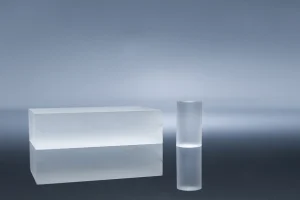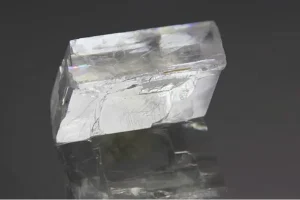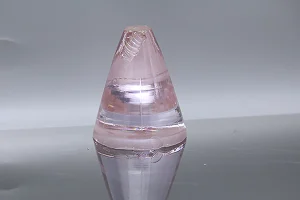Introduction
Ti:Sapphire crystals have become a cornerstone in the world of optics due to their broad range of applications. The performance of these crystals is significantly influenced by the type of coating applied. This article aims to provide a comprehensive comparison of the best-suited coatings for Ti:Sapphire crystals in various applications, including laser cutting, microscopy, and medical applications.
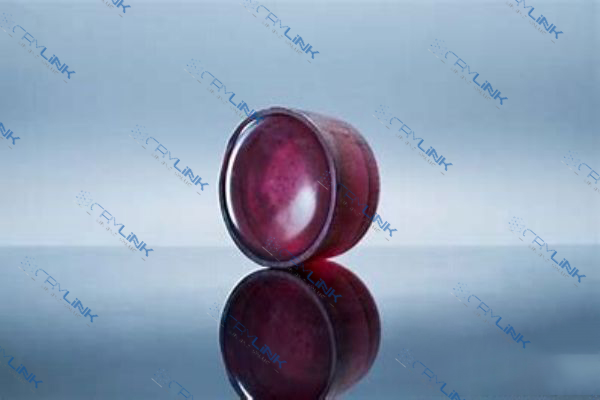
Understanding Ti:Sapphire Crystals
Titanium-doped Sapphire, commonly known as Ti:Sapphire, is a type of synthetic crystal that has found extensive use in the field of optics. This is largely due to its unique properties, which make it an ideal choice for a variety of applications.
One of the defining characteristics of Ti:Sapphire is its broad transparency range. This means that it can transmit a wide range of wavelengths, from the near ultraviolet to the near infrared. This broad transparency range is one of the reasons why Ti:Sapphire is so versatile. It can be used in a wide variety of optical applications, from laser systems to optical communications, and even in scientific research.
Another key property of Ti:Sapphire is its high thermal conductivity. This is particularly important in applications such as laser systems, where the crystal can be subjected to high levels of heat. High thermal conductivity means that the heat can be efficiently conducted away from the crystal, preventing it from overheating and potentially being damaged. This high thermal conductivity, combined with its broad transparency range, makes Ti:Sapphire an ideal material for high-power laser systems.
In addition to these properties, Ti:Sapphire also exhibits excellent mechanical and chemical stability. This means that it can withstand harsh conditions and remain stable over time, making it a reliable choice for long-term applications. Furthermore, Ti:Sapphire has a high damage threshold, meaning it can withstand high levels of laser power without being damaged. This is another reason why it is often used in high-power laser systems.
The unique properties of Ti:Sapphire, such as its broad transparency range, high thermal conductivity, and excellent mechanical and chemical stability, make it an ideal choice for a variety of optical applications. Whether it’s being used in a high-power laser system, an optical communication system, or a scientific research project, Ti:Sapphire is a versatile and reliable choice that can meet a wide range of needs.
In conclusion, Ti:Sapphire is a type of synthetic crystal that has found extensive use in the field of optics due to its unique properties. Its broad transparency range, high thermal conductivity, and excellent mechanical and chemical stability make it an ideal choice for a variety of applications, from laser systems to optical communications, and even in scientific research. As our understanding of this material continues to grow, so too will its potential applications, making it an exciting area of study for researchers and engineers alike.
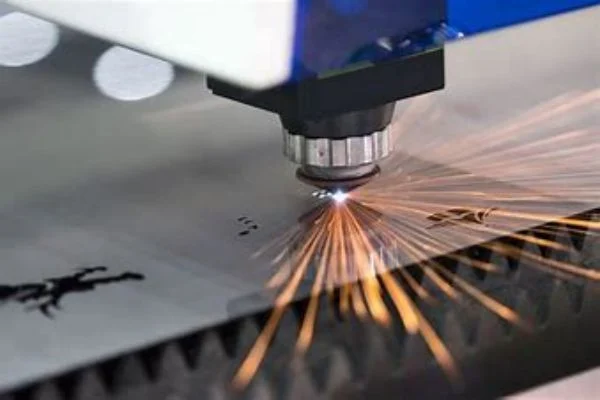
Importance of Coatings in Ti:Sapphire Crystals
Coatings on Ti:Sapphire crystals are not just an afterthought or a secondary aspect of these optical components. They play a pivotal role in determining the performance, efficiency, and longevity of the crystals in their intended applications. The reason for this lies in the ability of coatings to manipulate the reflection and transmission properties of the crystal, which are key factors in determining how the crystal interacts with light.
Reflection and transmission are fundamental properties of any optical component. Reflection refers to the proportion of incident light that is reflected off the surface of the component, while transmission refers to the proportion of light that passes through it. By manipulating these properties, coatings can control how much light is absorbed by the crystal, how much is transmitted through it, and how much is reflected off its surface. This control over light interaction is crucial in many applications of Ti:Sapphire crystals.
For instance, in laser systems, it is often desirable to minimize reflection in order to maximize the power of the laser beam. This can be achieved by applying an anti-reflective coating to the crystal, which reduces reflection and increases transmission, thereby enhancing the power of the laser beam. Similarly, in applications where certain wavelengths of light need to be selectively reflected or transmitted, coatings can be designed to have specific reflection and transmission properties at those wavelengths.
In addition to improving the performance of Ti:Sapphire crystals, coatings also play a crucial role in enhancing their longevity. This is because coatings can protect the crystal from environmental factors such as moisture and dust, which can degrade the crystal over time.
Furthermore, coatings can also protect the crystal from high-intensity light, which can cause damage to the crystal. By providing this protective layer, coatings can significantly extend the lifespan of the crystal, making it more cost-effective in the long run.
However, the application of coatings to Ti:Sapphire crystals is not a straightforward process. It requires a deep understanding of the optical properties of the crystal, as well as the specific requirements of its intended application.
Furthermore, the process of applying the coating must be carried out with great precision in order to ensure that the coating is uniform and free of defects. Despite these challenges, the benefits that coatings bring to the performance and longevity of Ti:Sapphire crystals make them an indispensable part of these optical components.
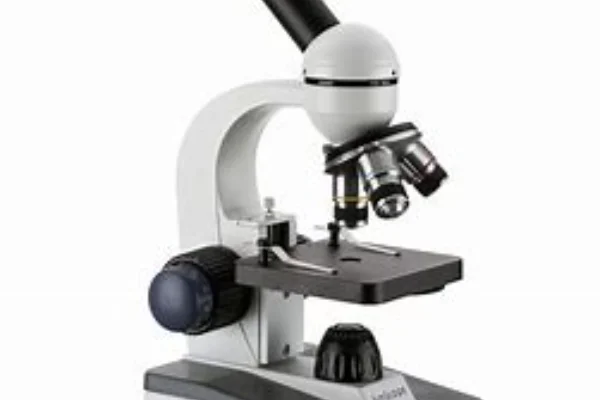
In conclusion, coatings play a pivotal role in enhancing the performance and longevity of Ti:Sapphire crystals. By manipulating the reflection and transmission properties of the crystal, coatings can significantly improve the efficiency of the crystal in its intended application.
Furthermore, by providing a protective layer, coatings can also enhance the longevity of the crystal, making it a more cost-effective choice in the long run. As our understanding of coatings and their interaction with Ti:Sapphire crystals continues to grow, so too will our ability to design and apply coatings that maximize the performance and longevity of these crystals.
Optimizing Ti:Sapphire Crystal Performance: The Impact and Selection of Coatings in Laser Cutting, Microscopy, and Medical Applications
In the world of optics, the application of coatings to Ti:Sapphire crystals is a critical process that significantly influences their performance across various applications. These applications range from laser cutting and microscopy to medical procedures, each requiring a specific type of coating to optimize the crystal’s performance.
In the realm of laser cutting, the efficiency and precision of the cut are paramount. This is where the role of anti-reflective (AR) coatings comes into play. AR coatings are designed to minimize energy loss and maximize the power of the laser beam. They achieve this by reducing reflection and increasing transmission.
The reduction in reflection means that less of the laser beam’s energy is lost to the surroundings, and more of it is directed towards the material being cut. On the other hand, the increase in transmission ensures that the maximum amount of the laser beam’s energy is passed through the crystal, thereby enhancing the power of the laser beam. The result is a cleaner, more precise cut. This makes AR coatings an excellent choice for laser cutting applications, where precision and efficiency are of utmost importance.
Moving on to microscopy applications, the goal is to obtain the clearest, most detailed image possible. This is where dielectric mirror coatings come into the picture. These coatings are designed to reflect specific wavelengths of light while transmitting others. This unique property makes them ideal for microscopy applications.
In microscopy, certain wavelengths of light are of interest because they can provide more detailed and clearer images. By reflecting these specific wavelengths, dielectric mirror coatings allow for a more detailed observation of the subject. This results in clearer, more detailed images, making dielectric mirror coatings an excellent choice for microscopy applications.
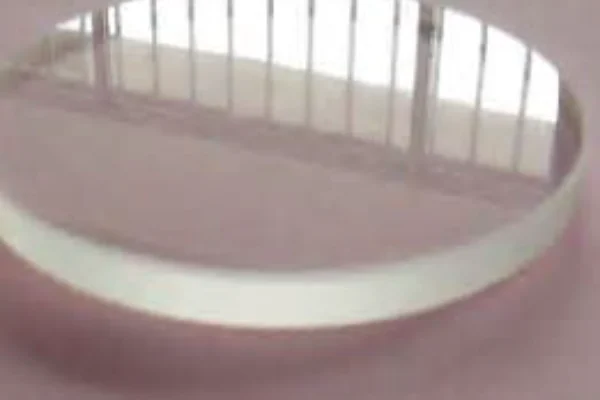
In medical applications, the safety and effectiveness of the procedure are of utmost importance. This is where partial reflection (PR) coatings come into play. PR coatings are designed to control the power of the laser beam. They achieve this by allowing a portion of the laser beam to be reflected while the rest is transmitted.
This controlled transmission is crucial in medical applications where the power of the laser needs to be carefully managed to ensure patient safety and treatment effectiveness. For instance, in procedures like laser eye surgery, the power of the laser needs to be precisely controlled to avoid damaging the eye. PR coatings allow for this precise control, making them ideal for medical applications.
In conclusion, the choice of coating for a Ti:Sapphire crystal significantly impacts its performance in different applications. By understanding the unique advantages of each coating, one can make an informed decision that optimizes the performance of the Ti:Sapphire crystal in its intended application. Whether it’s the precision and efficiency offered by AR coatings in laser cutting, the detailed and clear images provided by dielectric mirror coatings in microscopy, or the safety and effectiveness ensured by PR coatings in medical applications, the right coating can significantly enhance the performance of Ti:Sapphire crystals.

Conclusion
The choice of coating for a Ti:Sapphire crystal significantly impacts its performance in different applications. Anti-reflective coatings are best suited for laser cutting applications, dielectric mirror coatings excel in microscopy, and partial reflection coatings are ideal for medical applications. By understanding the unique advantages of each coating, one can make an informed decision that optimizes the performance of the Ti:Sapphire crystal in its intended application.
Frequently Asked Questions
- What are Ti:Sapphire crystals?
- Ti:Sapphire crystals are synthetic crystals used extensively in the field of optics due to their unique properties.
- Why are coatings important for Ti:Sapphire crystals?
- Coatings enhance the performance of Ti:Sapphire crystals by manipulating their reflection and transmission properties.
- What type of coating is best for laser cutting applications?
- Anti-reflective coatings are often used in laser cutting applications due to their ability to minimize energy loss and maximize the power of the laser beam.
- Which coating is suitable for microscopy applications?
- Dielectric mirror coatings are ideal for microscopy applications as they can reflect specific wavelengths of light, resulting in clearer, more detailed images.
- What type of coating is used in medical applications?
- Partial reflection coatings are used in medical applications as they allow for controlled transmission of the laser beam, ensuring patient safety and treatment effectiveness.


